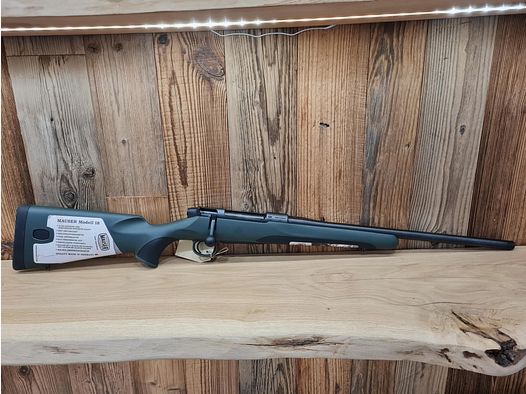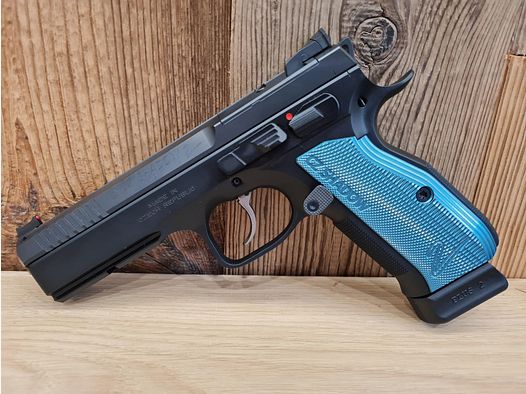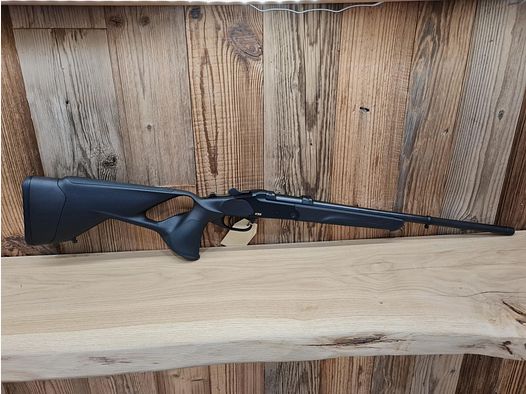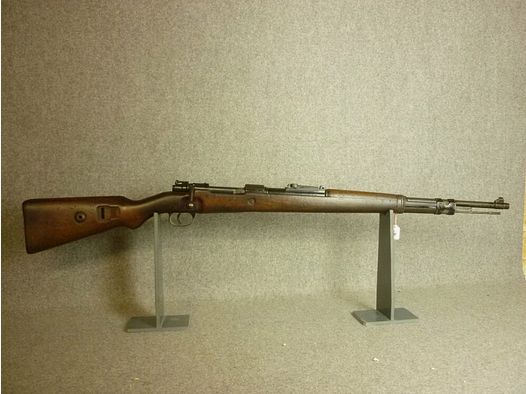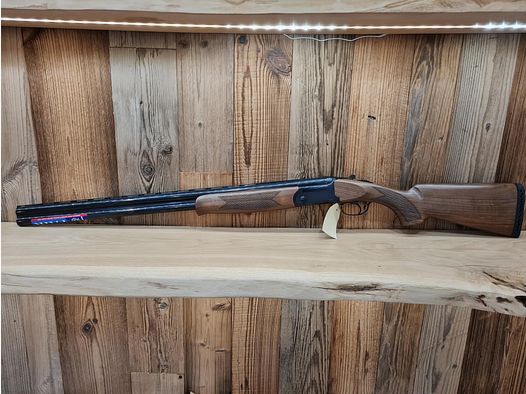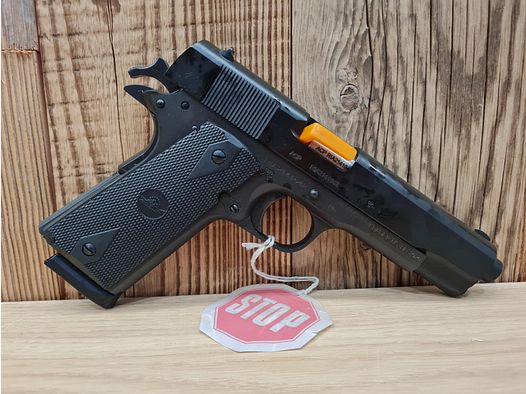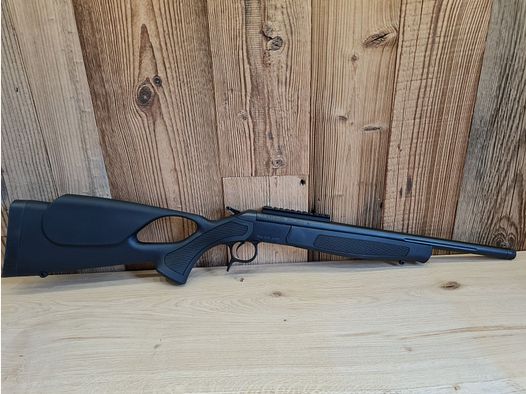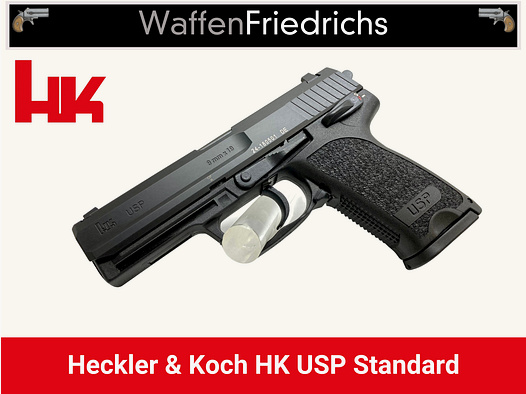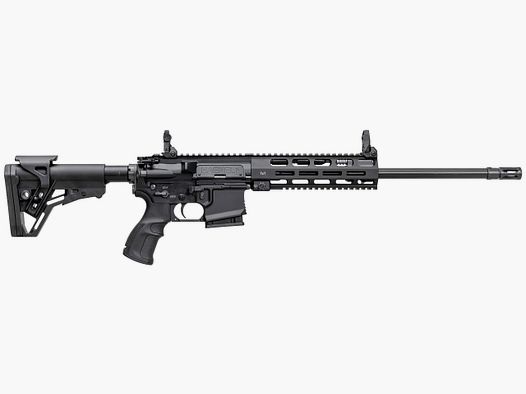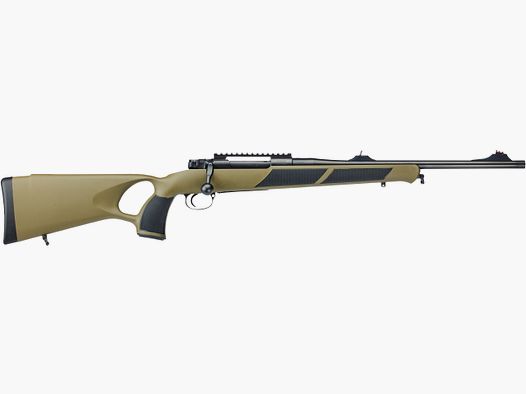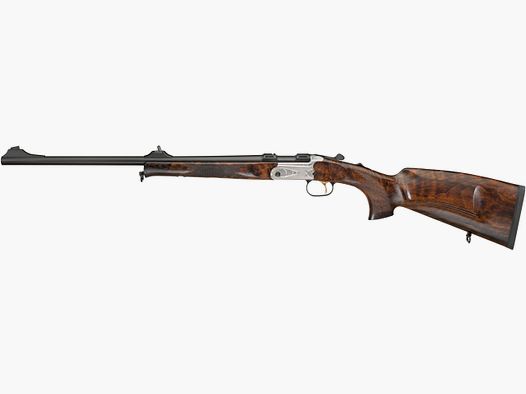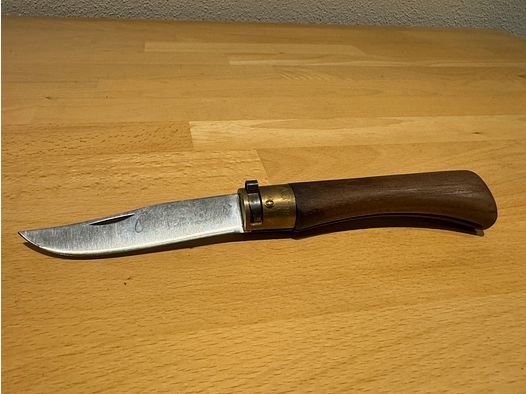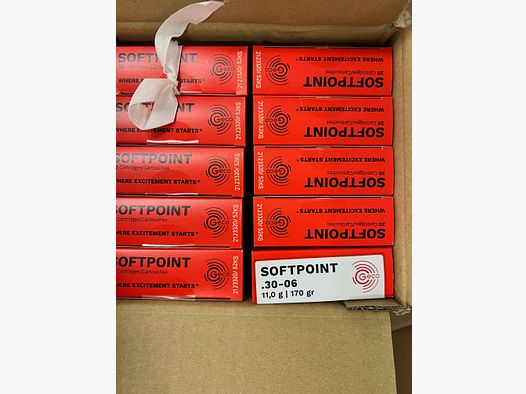The 7mm Remington Magnum rifle cartridge was introduced in 1962 along with the new Remington bolt-action rifle model 700 as a commercial cartridge. The caliber belongs to the family of belted cartridges and is directly derived from the .375 H & H Magnum caliber. The original purpose of the Magnum concept with a belt from the .300 H & H Magnum and .375 H & H Magnum was to ensure precise control of the headspace, as the sloped shoulders were unsuitable for this purpose while simultaneously facilitating cartridge extraction. Improved reliability of cartridge extraction is desirable when hunting dangerous game, which would be relevant for a quick follow-up shot.
At its introduction, the 7mm Remington Magnum significantly captured the market share of the .264 Winchester Magnum, which saw a sharp decline in popularity and sales after 1962. Remington has offered Managed Recoil ammunition to achieve less recoil when shooting and to cause less meat damage when hunting small game.
The 7mm Remington Magnum offers superior ballistics with all available bullet weights compared to the .30-06 Springfield. One of the most popular loadings is the 160 grain soft point, which has a muzzle velocity of 910 m/s. This is due both to the higher muzzle velocity of the Magnum caliber compared to the Springfield and to the fact that bullets with a diameter of 7.21 mm tend to have better ballistic coefficients than bullets with a diameter of 7.62 mm with comparable mass. Due to the smaller bullet diameter, the 7.21 mm diameter also has a higher sectional density than bullets with a diameter of 7.62 mm, resulting in stronger penetration into the target. The heaviest commercially loaded ammunition available for the 7mm is 180 grain, while the .30-06 Springfield can be loaded with bullets weighing up to 220 grain.
Usage:
Due to its flat trajectory and relatively manageable recoil, the 7mm Remington Magnum caliber is particularly popular for big game hunting in Canada and the USA, as well as for hunting in Africa. It has also been used in sniper rifles.





